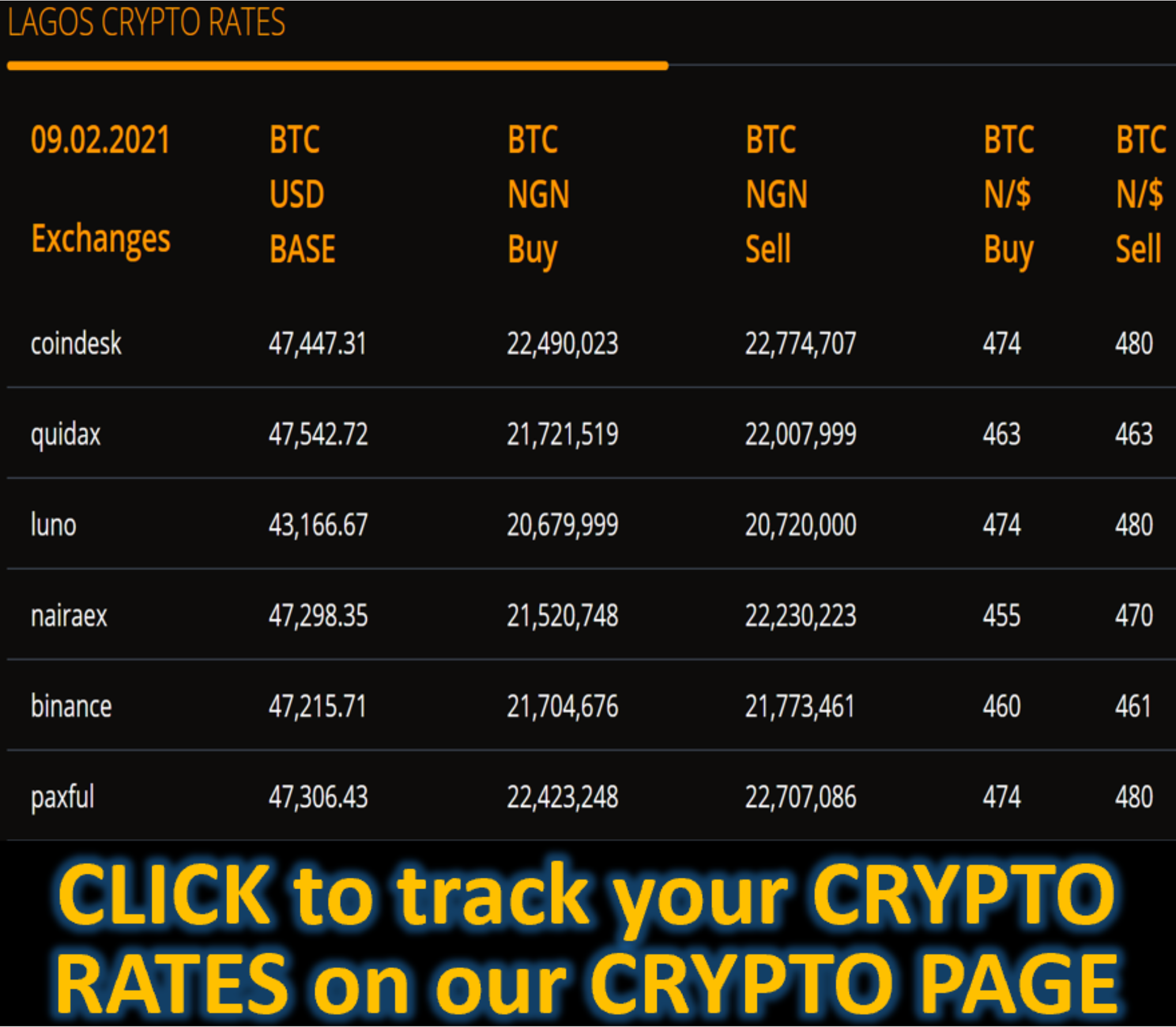MARKET NEWS
Won May Face More Pressure as Tariff Risk Adds to Jitters - BLOOMBERG
(Bloomberg) -- The South Korean won, the second-worst-performing currency in Asia this year, looks poised to weaken further as Donald Trump’s tariff threat clouds the export-reliant country’s economic outlook.
The won dropped to 1,410.70 per dollar last week, the lowest since November 2022, amid fears that the US President-elect will levy steep tariffs on Korean goods. Mizuho Securities Co. and Meritz Securities Co. predict it may fall another 0.7% from the recent trough to 1,420 per dollar. The currency has dropped more than 7% this year.
South Korea’s exports may come under more attention from Trump due to the country’s significant role in providing chips, including the ones used in artificial intelligence development, for global supply chains. The US is Korea’s second-largest trading partner after China. That would add to challenges for a currency already under pressure from foreign selling of stocks and rising US bond yields.
“Trump has declared that Taiwan is stealing US chip business and the risk is that he could shift his eyes to focus on Korea after Taiwan,” said Shaun Lim, FX strategist at Malayan Banking Berhad. “In addition, macro factors remain unfavorable for the won — prospect of higher US yields should continue to weigh on the won.” Lim sees the won at risk of dropping further past 1,400 per dollar this year.
Bank of America Securities expects the currency to stay close to 1,400 versus the dollar for the remainder of this year and keep underperforming regional peers at least in the first quarter of next year due to outflows from the equity market. Foreign investors have been net sellers of Korean stocks this quarter as companies including Samsung Electronics reported disappointing earnings.
“Heading into 2025, equity outflows on Korean electronic names remain strong,” Bank of America Securities’ North Asia FX/rates strategist Chun Him Cheung wrote in a Nov. 11 note. Meanwhile, “demand for foreign securities by Korean asset managers and household” will stay robust, he said.
Investors are awaiting the nation’s early trade data for November due Nov. 21, seeking clues on the pace of recovery in exports and the central bank’s rate cut prospects.
The won’s further downside may be limited in the near term as policymakers are looking to support the currency through interventions when needed. Meanwhile, a technical indicator shows the dollar-won is hovering near overbought territory.
Much of the speculation linked to the US elections has already been priced in, said Moon Junghiu, an economist at KB Koomin Bank. Echoing Moon’s view, Park Sooyeon, an economist at Meritz, expects the currency to recover to 1,360 per dollar at the end of the year, after a potential drop in the near-term.
Still, risks for the currency are likely to persist, leaving open the possibility of a further fall against the dollar, Moon said. He recently revised his year-end forecast to 1,330 per dollar from 1,300.
Next week’s main economic events:
- Monday, Nov. 18: Thailand GDP, Singapore non-oil domestic exports, Hong Kong unemployment rate, Japan machine orders
- Tuesday, Nov. 19: Malaysia trade data, Philippines balance of payment, RBA minutes
- Wednesday, Nov. 20: South Korea PPI, Indonesia rate decision, Taiwan export orders, Taiwan current account balance, Japan trade data
- Thursday, Nov. 21: South Korea 20 days trade data, Indonesia current account balance, Hong Kong CPI
- Friday, Nov. 22: India HSBC PMI, Malaysia CPI, Malaysia foreign reserves, Taiwan unemployment rate, Japan CPI, Japan Jibun Bank PMI
--With assistance from David Finnerty and Joanna Ossinger.
(Updates the second and ninth paragraph with prices and Meritz’s forecast; updates fourth paragraph with Maybank’s forecast)









